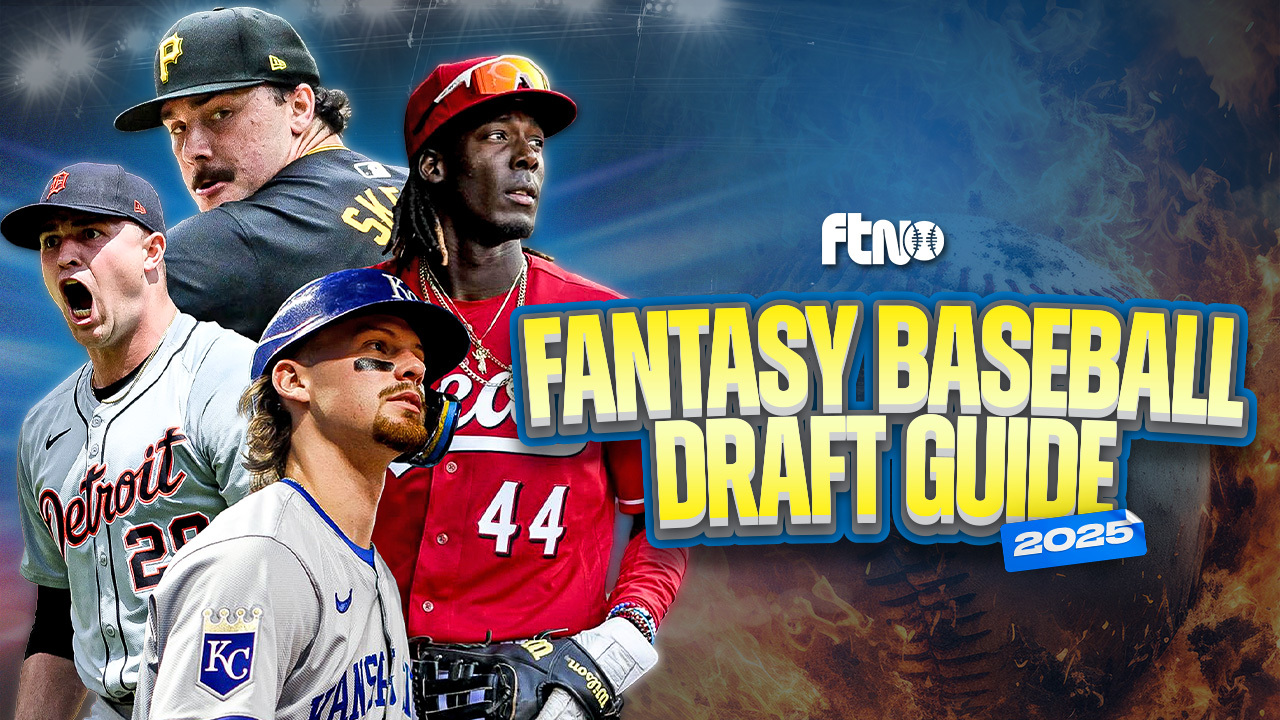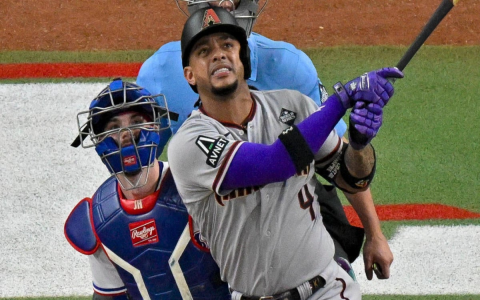Okay, so, I’ve been getting into fantasy baseball lately. It’s a whole thing, let me tell you. I decided to dive deep this year and get serious about my draft strategy. You know, actually try to win this time instead of just picking my favorite players like I did in my old games. So, I started to make this whole system using tiers, which is basically just grouping players by how good you think they’ll be.

First off, I spent hours looking up rankings and projections online and some videos. I mean, I was drowning in stats. Everyone has their own lists. But it seemed like a good starting point. I started to create my own plan, like, organizing all the content I wanted to cover.
Then, I started to create these “tiers.” I started with starting pitchers. I looked at their past performance, their teams, their expected roles, all that stuff, and sorted them into groups. It wasn’t easy, honestly. There are so many pitchers out there, and trying to figure out who’s going to be good this year is, well, it’s a lot.
I created these groups, the top tier was my “sure things” – the guys I’d be thrilled to have on my team, like Jacob deGrom or Max Scherzer. Then I had my “solid starters” tier, then a “potential breakouts” tier for younger guys who might have a big year. And, of course, a “don’t draft these guys unless you’re desperate” tier. I got kind of carried away and ended up with like seven tiers just for pitchers.
Then I did the same thing for all the other positions, too. Catchers, first basemen, outfielders, the whole crew. I did the same process: scour the internet, look at rankings, form my tiers. I found that there were some positions with a ton of depth and others where the talent dropped off real fast. That’s important stuff to know when you’re drafting.
Here’s how my tiers kind of looked, in a simplified way:
- Tier 1: The absolute studs. You’re lucky to get one of these guys.
- Tier 2: Really good players. You’d be happy to have a few on your team.
- Tier 3: Solid, reliable options.
- Tier 4: Guys with upside, maybe they’ll surprise you.
- Tier 5: Okay players, but nothing special.
- Tier 6: You’re probably reaching if you draft these guys early.
- Tier 7: Just don’t.
It took forever, but after I had my tiers, I felt way more prepared. I made some simple notes based on these tiers, too. Like, “Get a top-tier shortstop early,” or “Wait on outfielders because there are a lot of good ones.” It made it easier to see where the value was in the draft.
This whole tier thing, it changed how I looked at the draft. Instead of just picking names, I was actually thinking about strategy and team needs. Like, maybe I don’t need the absolute best first baseman if it means I can get a top-tier pitcher and a solid first baseman later. It is kind of like putting together a puzzle, but you know, with baseball players and stats instead of cardboard pieces.
Anyway, it was a ton of work, but I feel pretty good about it. We’ll see how it goes when the actual draft happens. I might be totally wrong about some of these guys, but hey, at least I tried something new. At least I have a plan this time. I’ll let you all know how it turns out. Wish me luck!
